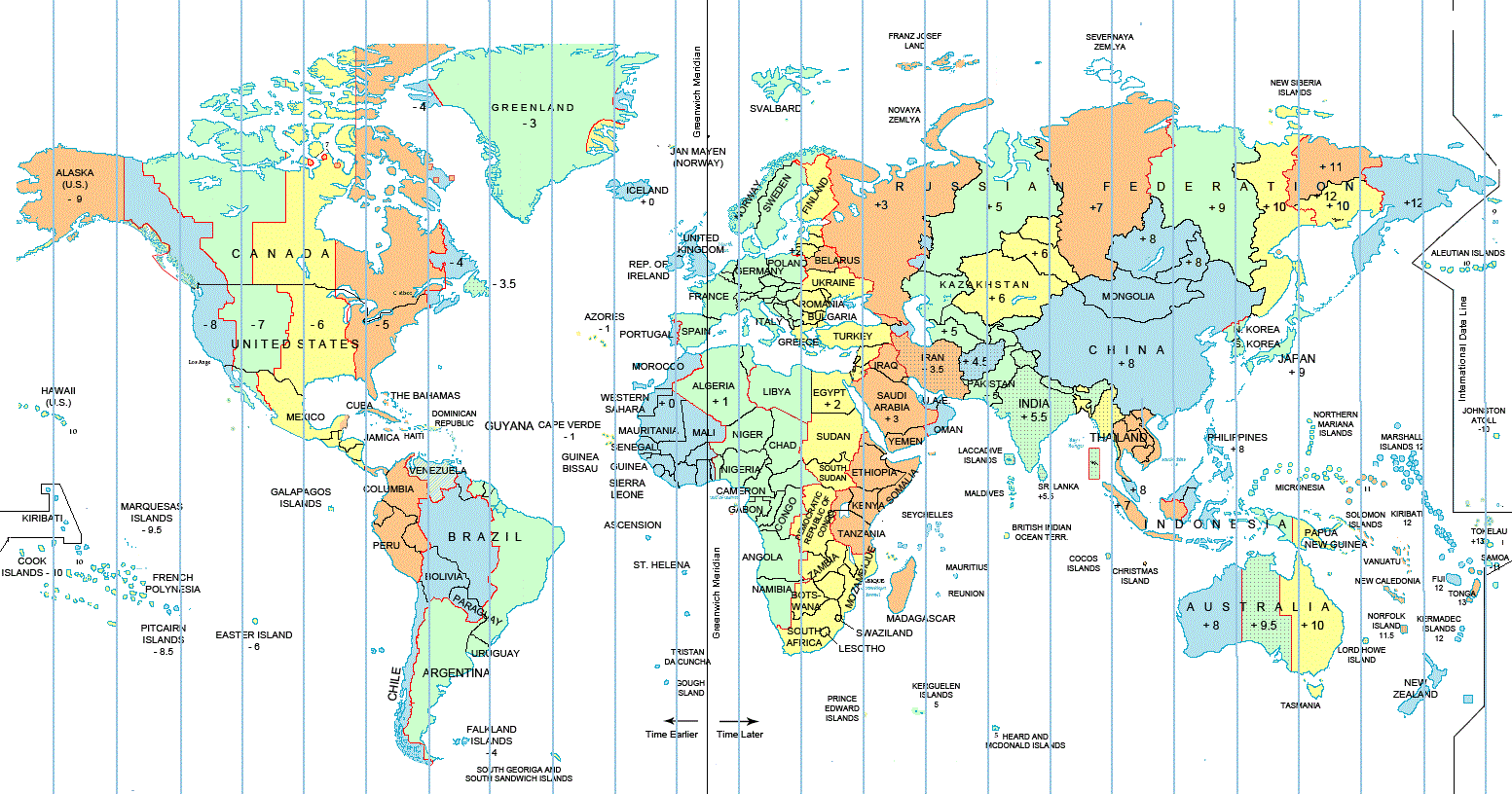

There are a few other regions using a fractional offset, such as Newfoundland in Canada (UTC–3:30). Oddly enough, South Australia observes Daylight Saving Time, whereas the Northern Territory does not, so from October until April, these territories use different fractional offsets. One third of Australia does the same -the Northern Territory and South Australia use UTC+9:30, and the Howe Island has UTC+10:30: However, not just Asian countries use fractional offsets. If you cross the border from India to Nepal, you will have to set the time on your watch 15 minutes forward, and if you move just 150 km (93 mi) further north and cross the Chinese border, the time suddenly jumps 2 hours and 15 minutes forward. If you look carefully, you will notice that Nepal lies in an even weirder time zone: UTC+5:45. Most notably, the whole of India lies in the time zone UTC+5:30, as a result of which every fifth person in the world lives in a time zone with a fractional offset: While this is true for most time zones, countries in Southern Asia commonly use time zones with an offset that is a multiple of 30 minutes. People usually think that time zones are determined by whole numbers. Some countries use half-hour and quarter-hour offsets Without further ado, let’s take a look at the strangest facts about time zones: 5.
All time zones in the world plus#
Similarly, Tokyo is in the UTC+9:00 (or UTC+9) time zone, so the time there is the time in London plus 9 hours (ignoring Daylight Saving Time). UTC emerged as a compromise between the two -so it, in fact, does not stand for anything.įor example, Los Angeles is in the UTC−8:00 time zone (often abbreviated as UTC–8), which means that the time there is the time in London minus 8 hours (the “–8:00” part is called the “offset”). By the way, the abbreviation UTC is yet another historical oddity: English speakers wanted the abbreviation to be CUT, whereas French speakers wanted TUC (“temps universel coordonné”). To understand the examples below, note that time zones are defined relative to the UTC (Coordinated Universal Time), which, roughly speaking, corresponds to time measured in London, UK (if we ignore Daylight Saving Time). Time zones usually follow political and historical borders rather than geographical ones, which often leads to shapes and conventions that look completely absurd.

Most people think that time zones are just stripes of land spreading from the North Pole to the South Pole at regular intervals, but the reality is much more complicated.
All time zones in the world how to#
It will teach you how to avoid mistakes with commas, prepositions, irregular verbs, and much more. Tip: See my list of the Most Common Mistakes in English.


 0 kommentar(er)
0 kommentar(er)
